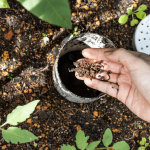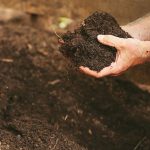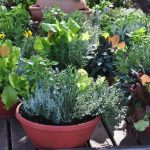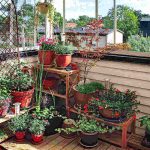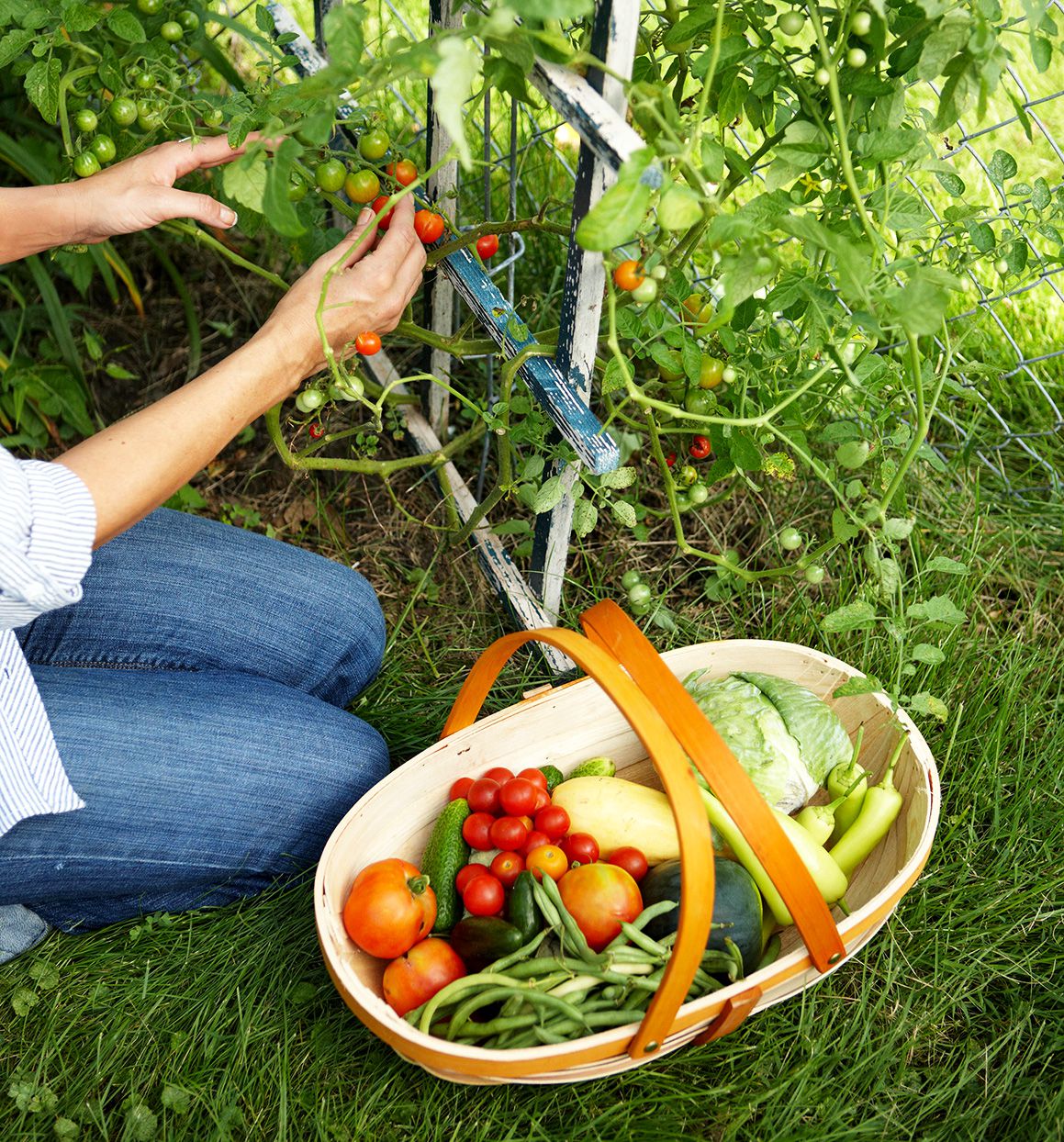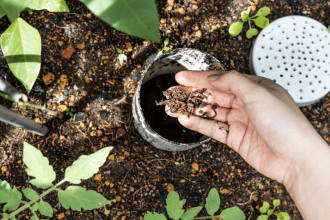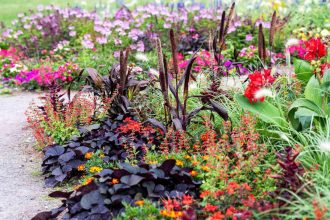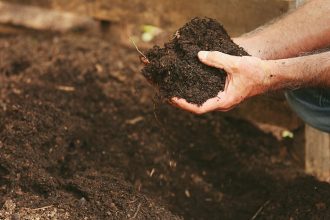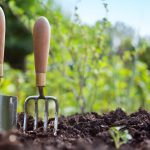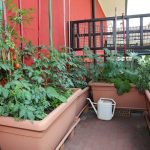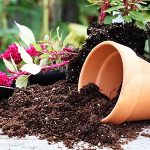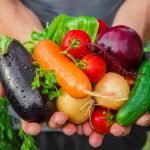Embark on a green-fingered adventure and create your very own slice of paradise with a vegetable garden of your own. Whether you’re a seasoned gardener looking to expand your skills or a complete novice eager to grow your own produce, this article will provide you with all the tips and tricks you need to get started. From selecting the perfect location to choosing the right vegetables for your soil and climate, get ready to dig in and watch your garden thrive!

Choosing the Right Location for Your Vegetable Garden
When it comes to starting your own vegetable garden, choosing the right location is key to ensuring a successful harvest. The ideal spot for your garden should receive at least 6-8 hours of sunlight per day and have good drainage to prevent waterlogging. Additionally, consider the proximity to a water source for easy irrigation.
Before deciding on a location, take note of any nearby trees or structures that could potentially shade your garden and hinder plant growth. It’s also important to assess the soil quality in the chosen area. Conduct a soil test to determine the pH level and nutrient content, and make any necessary amendments to ensure optimal growing conditions.
Another factor to consider is the accessibility of the location. Choose a spot that is convenient for you to tend to on a regular basis, whether it’s weeding, watering, or harvesting. Also, think about any potential hazards, such as pests or wildlife, and take measures to protect your garden accordingly.
By carefully selecting the right location for your vegetable garden, you can set yourself up for a bountiful harvest of fresh, homegrown produce that you can enjoy all season long.
Selecting the Best Vegetables for Your Growing Region
When starting your own vegetable garden, one of the most important factors to consider is selecting the best vegetables for your specific growing region. Not all vegetables thrive in every climate, so it’s essential to choose varieties that are well-suited to your environment. By planting vegetables that are well adapted to your region, you’ll increase the likelihood of a successful harvest.
One way to determine which vegetables are best for your growing region is to consult the USDA Plant Hardiness Zone Map. This map divides the United States into zones based on average winter temperatures, helping you identify which plants are most likely to thrive in your area. Additionally, you can research local extension offices, gardening forums, and seed catalogs for recommendations on vegetables that are well-suited to your region.
When selecting vegetables for your garden, consider factors such as temperature, sunlight, soil type, and moisture levels. Some vegetables, like tomatoes and peppers, require full sun to produce a bountiful harvest, while others, such as lettuce and spinach, prefer cooler temperatures and partial shade. By choosing vegetables that are compatible with your specific growing conditions, you’ll set yourself up for gardening success.
Preparing the Soil for a Successful Harvest
Before planting your vegetables, it’s essential to prepare the soil properly to ensure a successful harvest. Follow these steps to get your garden off to a great start:
1. Clear the area: Remove any weeds or debris from the planting site to give your vegetables the best chance of thriving.
2. Test the soil: Use a soil testing kit to determine the pH level and nutrient content of your soil. This will help you determine if any amendments are needed.
3. Add compost: Incorporate plenty of compost into the soil to improve its structure and fertility. Compost provides essential nutrients for your plants and helps retain moisture.
4. Till the soil: Use a garden tiller to break up any compacted soil and create a loose, aerated environment for your vegetables to grow.
By taking the time to prepare your soil properly, you’ll give your vegetable garden the best possible foundation for a bountiful harvest.
Implementing Effective Watering and Maintenance Techniques
Keeping your vegetable garden properly watered and maintained is essential for a successful harvest. Here are some tips to help you stay on top of your gardening game:
- Watering Schedule: Make sure to water your garden regularly, especially during hot and dry periods. Check the soil moisture level by sticking your finger into the soil – if it feels dry, it’s time to water.
- Proper Drainage: Ensure that your garden has proper drainage to prevent waterlogging, which can lead to root rot. Consider adding compost or perlite to improve soil drainage.
- Weeding: Regularly weed your garden to prevent competition for nutrients and water. Pull weeds by hand or use a garden tool to make the job easier.
By following these watering and maintenance techniques, you’ll be well on your way to a bountiful vegetable garden. Remember that consistency is key – a little care each day goes a long way in ensuring a healthy and thriving garden.
As you embark on this journey to create your own vegetable garden, remember that patience and perseverance are key. With a little bit of planning, dedication, and some green thumbs, you can watch your seeds grow into a bountiful harvest. So roll up your sleeves, dig in, and get ready to reap the rewards of your hard work. Happy gardening!


